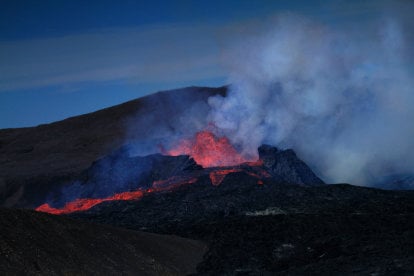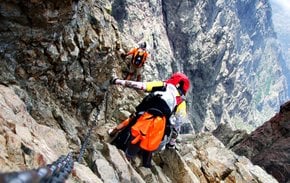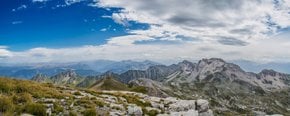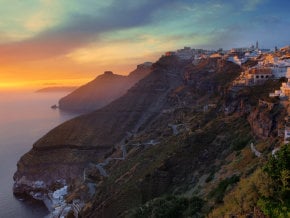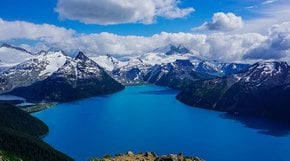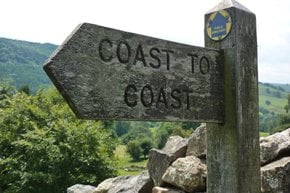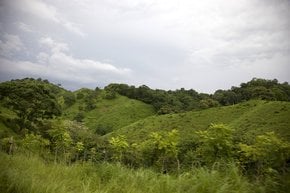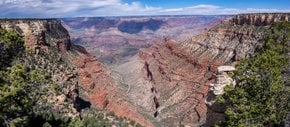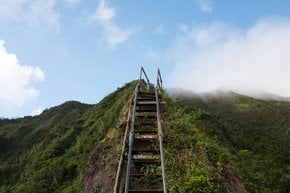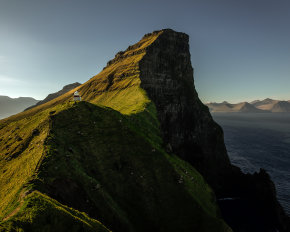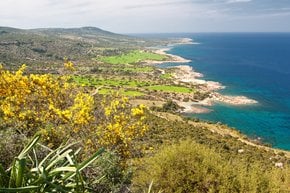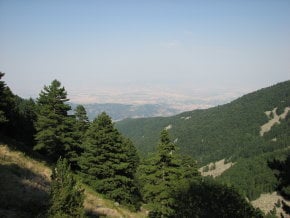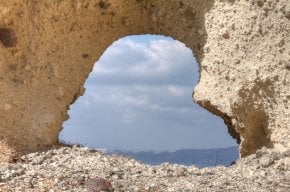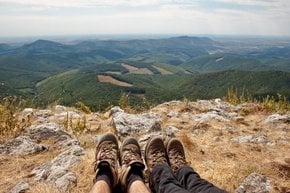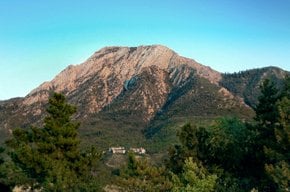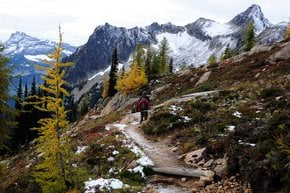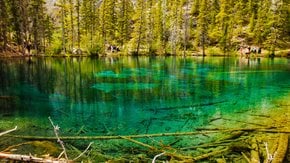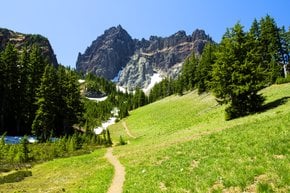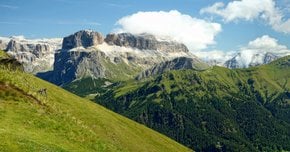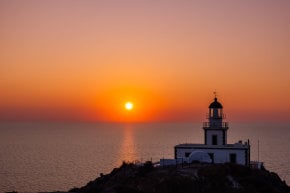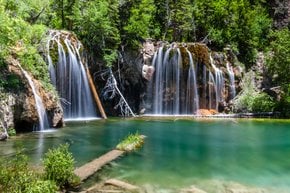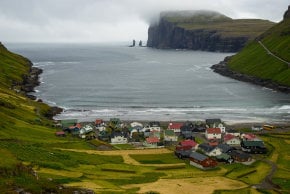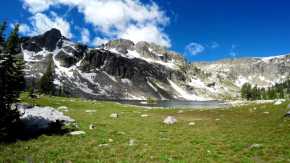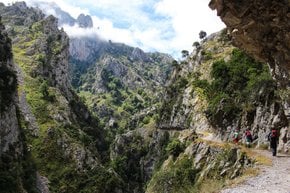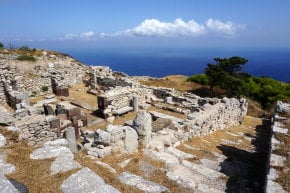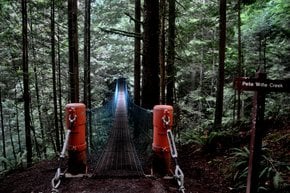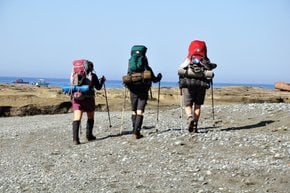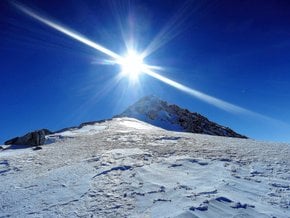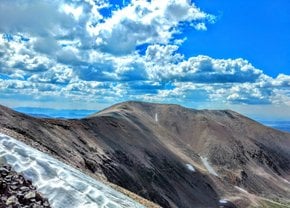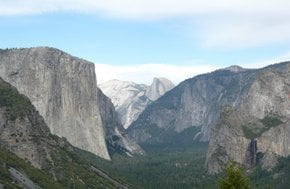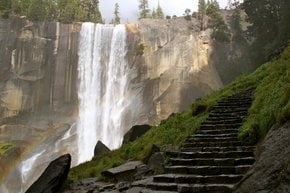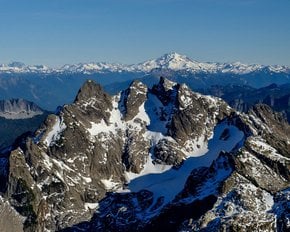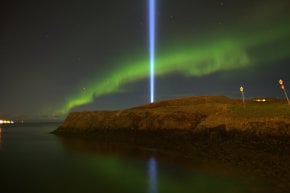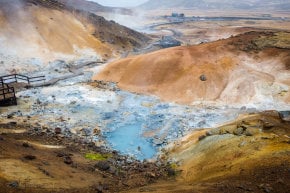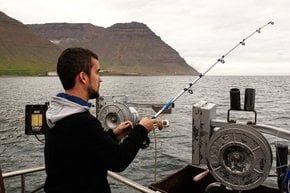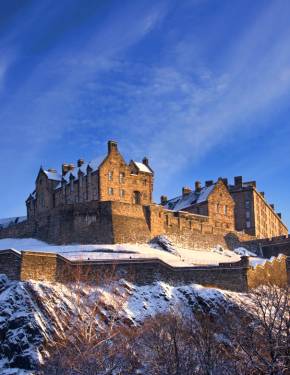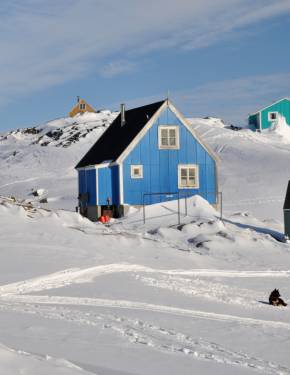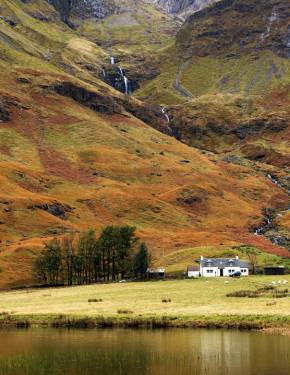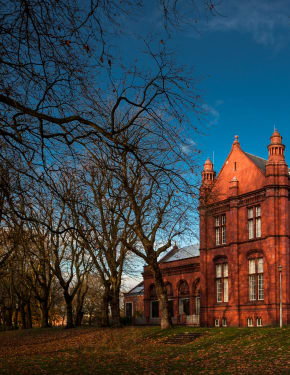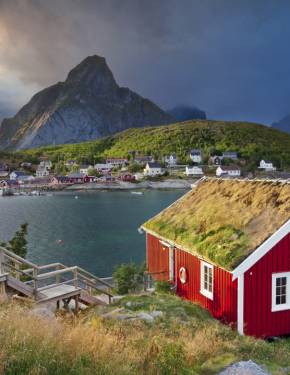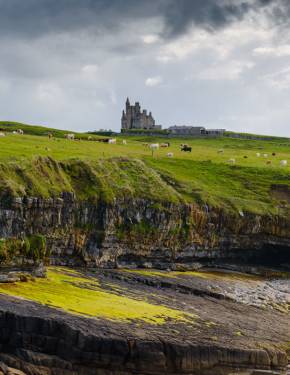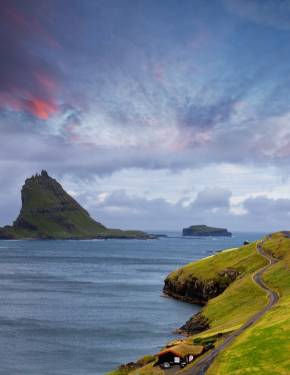Fagradalsfjall in Reykjavik 2025-2026
Visit the lava fields and stunning landscapes of Icelandic volcanic wonder
Best time: all year round
Previously a dormant volcano for more than 6,000 years, Fagradalsfjall captured the world's attention with its recent eruptions in 2021 and 2023. Situated just 37 miles (60 km) from Reykjavik, Iceland's capital, on the Reykjanes Peninsula, this active volcano is known for its breathtaking lava flows, which embody the sheer power of nature.
Fagradalsfjall Volcanic System
Fagradalsfjall is classified as a tuya volcano formed by lava erupting through the glacier or a thick ice surface. This type of volcano is relatively rare but is common in Iceland, where volcanic activity often meets region’s glaciers. Tuyas can also be found in the United States, Canada, and Antarctica. Like most tuya volcanoes, Fagradalsfjall features a flat summit and steep sides, a result of the lava cooling rapidly as it flowed down the icy surface. The volcanic system surrounding Fagradalsfjall shares its name, with its highest point, Langhóll, rising 1,263 feet (385 m) above sea level.
Recent Eruptions & Volcanic Activity
Prior to 2021, Fagradalsfjall showed no signs of volcanic activity for approximately 6,000 years. The area was being closely monitored after a series of earthquakes and increased seismic activity at the Reykjanes peninsula, which pointed to a possible eruption. Interestingly, it was recorded that the seismic activity decreased right before each of the eruptions.
The first eruption, marked by lava fountains, happened on March 19th, 2021, with lava flows continuing until September. A second eruption occurred in August 2022, with the third eruption taking place at Litli-Hrutur peak in July 2023. All eruptions were relatively calm, characterized by fairly small explosions, lava fountains and subsequent lava flows.
Will Fagradalsfjall Erupt Again?
While it's impossible to predict the exact timing of the Fagradalsfjall's next eruption, which can be quite sporadic, Icelandic volcanologists and meteorologists closely monitor the volcanic system for any signs that could indicate volcanic activity in the coming months. Increased seismic activity, such as earthquakes, ground deformation, and change in gas emissions are just some of the key indicators of a possible eruption.
Best Time to Visit the Volcano
Tourists and travelers from all over the world visit the Fagradalsfjall volcano all year round. However, it's important to remember that Iceland is prone to inclement weather, so please check the forecast beforehand. For best weather conditions, the best time to visit is from late spring to early fall. You can also plan your trip during June and July, when the temperatures rise to 56°F (13°C), and the country experiences the midnight sun phenomenon with 24 hours of daytime. If you're planning to set off on an adventure as soon as the eruption begins, be sure to check the Hazard Map and the News & Alerts section, both regularly updated by the Icelandic Meteorological Office.
Hiking Trails to Fagradalsfjall
There are several trails that can take you to the volcano site, boasting imposing craters and the ragged landscape of the volcanic system. Path A, B, and C are the three main routes. Path A leads to the 2023 eruption site with up-close looks at the craters. The journey also takes the longest and may not be the best choice for inexperienced hikers. Path B is slightly shorter but more challenging, while path C is taken the most frequently because of its relatively short length and two branches. All routes begin at the Suðurstrandarvegur road.

